Por: La Vanguardia
- Investigadores de la Universidad de Yale, en Estados Unidos, junto con socios de universidades de Canadá, Jordania y Reino Unido, han desarrollado una herramienta breve y fiable para medir la resiliencia en niños y adolescentes que han sido desplazados por el conflicto en Siria. Más de cinco millones de personas han sido forzadas a huir del conflicto de seis años en Siria y más de 650.000 sirios están ahora reconstruyendo sus vidas en la vecina Jordania.
El restablecimiento de la resistencia en las personas afectadas por la guerra es una prioridad para los trabajadores humanitarios, pero no hay una medida establecida que pueda ayudar a evaluar las fortalezas que los jóvenes de Oriente Próximo tienen en la adversidad, lo cual dificulta la evaluación de la naturaleza de la resiliencia y el seguimiento de los cambios en el tiempo.
Los investigadores, en colaboración con organizaciones humanitarias que trabajan en la frontera sirio-jordana, han diseñado y probado una herramienta culturalmente relevante en inglés y árabe, cuyos resultados se detallan en un artículo publicado este jueves en ‘Child Development’.
«Las organizaciones humanitarias se esfuerzan por aliviar el sufrimiento y también nutren la resiliencia de los refugiados, su capacidad para superar la adversidad –explica la principal autora del estudio, Catherine Panter-Brick, profesora de Antropología y Asuntos Mundiales de la Universidad de Yale–. Si sólo te concentras en lo negativo –el trauma de la gente– entonces te falta la imagen completa. Hemos desarrollado una herramienta para medir con precisión la resiliencia en los jóvenes que hablan árabe. Esta encuesta ayudará a los investigadores y proveedores de servicios a diseñar intervenciones eficaces que refuercen las fortalezas de las personas».
La herramienta es útil para medir rápidamente la resiliencia en las comunidades de refugiados y de acogida. Identifica fortalezas a nivel individual, familiar y cultural, incluyendo así fuentes individuales, interpersonales y colectivas de resiliencia. Pide a los encuestados que califiquen 12 declaraciones, incluyendo «tengo oportunidades de desarrollarme y mejorar para el futuro», «mi familia está a mi lado en tiempos difíciles» y «la educación es importante para mí», en una escala de cinco puntos desde «en absoluto» a «mucho».
En consulta con grupos de jóvenes refugiados sirios y anfitriones jordanos, el equipo de investigación examinó primero la comprensión local de la resiliencia. Luego, adaptaron y tradujeron una herramienta que se ha utilizado con éxito en otras culturas con poblaciones vulnerables –la Medida de Resiliencia del Niño y la Juventud– para hacerla contextualmente relevante para su uso en comunidades de refugiados de habla árabe.
MENOS ESTRÉS A MAYORES NIVELES DE RESILIENCIA
Para probar la herramienta, los investigadores entrevistaron a 603 niños y niñas de 11 a 18 años de edad, incluidos refugiados y no refugiados, que vivían en cinco ciudades cerca de la frontera sirio-jordana. Como era de esperar, encontraron que los niveles más altos de resiliencia se asociaron con menos estrés y menos problemas de salud mental, además de diferencias interesantes en las fuentes de resiliencia dentro de las poblaciones encuestadas.
Los niños y las niñas pusieron un énfasis diferente en la importancia del apoyo familiar, la participación en actividades religiosas y la educación como puerta de entrada al «futuro». Y mientras que los jordanos identificaron modelos de roles como importantes para la resiliencia, los jóvenes refugiados sirios sacaron fuerzas de superar sus experiencias traumáticas, sintiéndose reestablecidos, manteniendo la ambición y creyendo que la educación formal era todavía importante.
Para todos estos jóvenes, la confianza en los lazos familiares fue primordial, más que las relaciones con los compañeros, señalaron los investigadores. «Esta nueva herramienta mide un aspecto importante del bienestar, que examina la fuerza positiva, más que la vulnerabilidad y las dificultades –afirma la coautora Rana Dajani, líder del equipo, en la Universidad Hachemita, en Jordania–. Ayudará a las organizaciones humanitarias a evaluar sus programas para los jóvenes y sus familias».
Fuente: http://www.lavanguardia.com/vida/20170615/423417912094/investigadores-disenan-una-herramienta-para-medir-la-resiliencia-de-los-refugiados-sirios-adolescentes.html
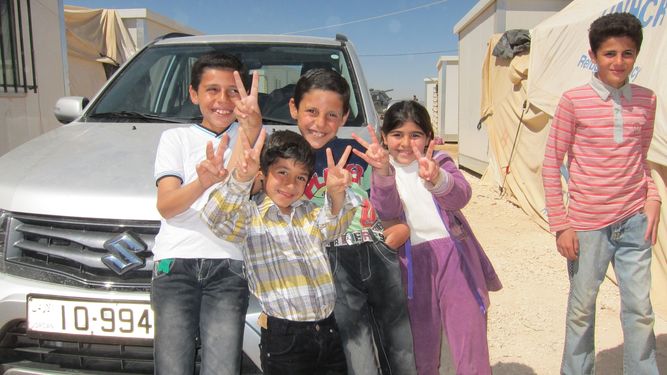



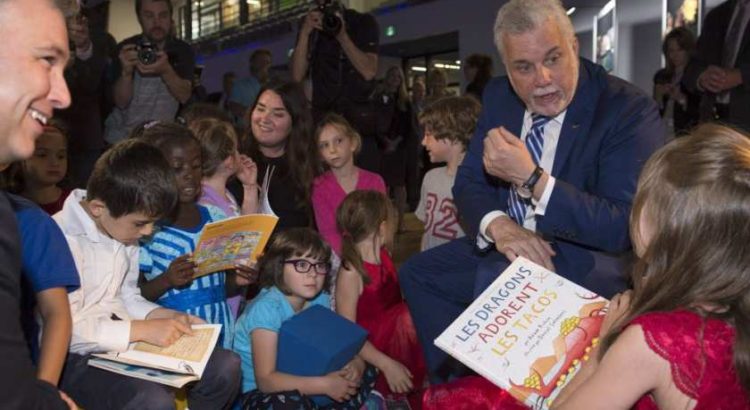
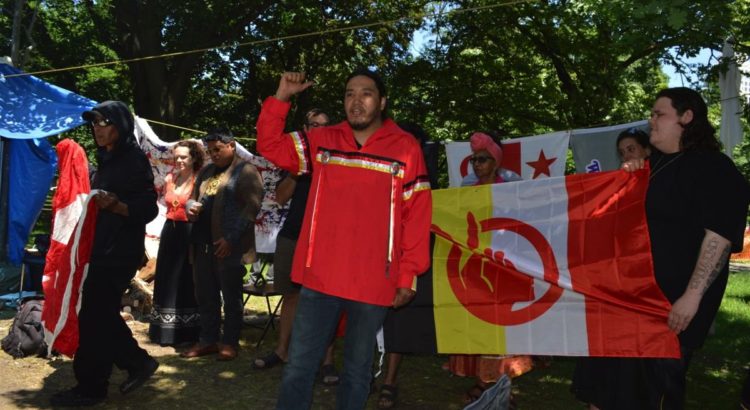

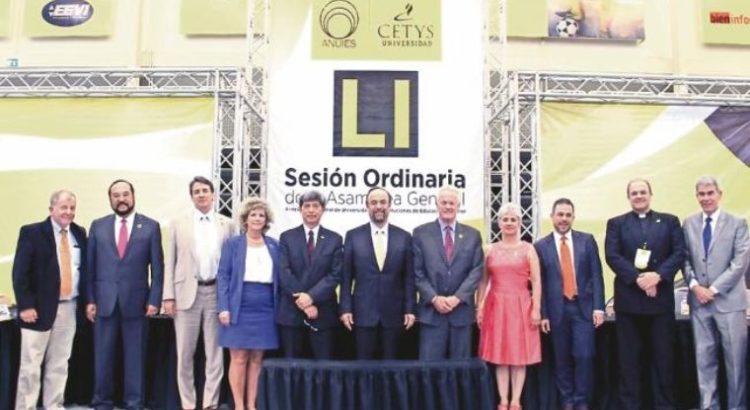
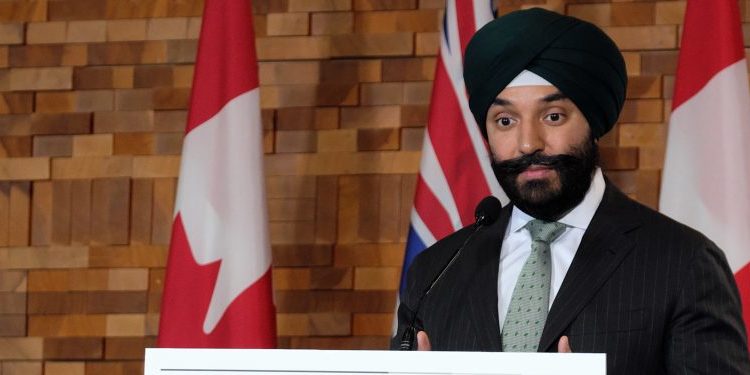







 Users Today : 50
Users Today : 50 Total Users : 35404528
Total Users : 35404528 Views Today : 56
Views Today : 56 Total views : 3334096
Total views : 3334096